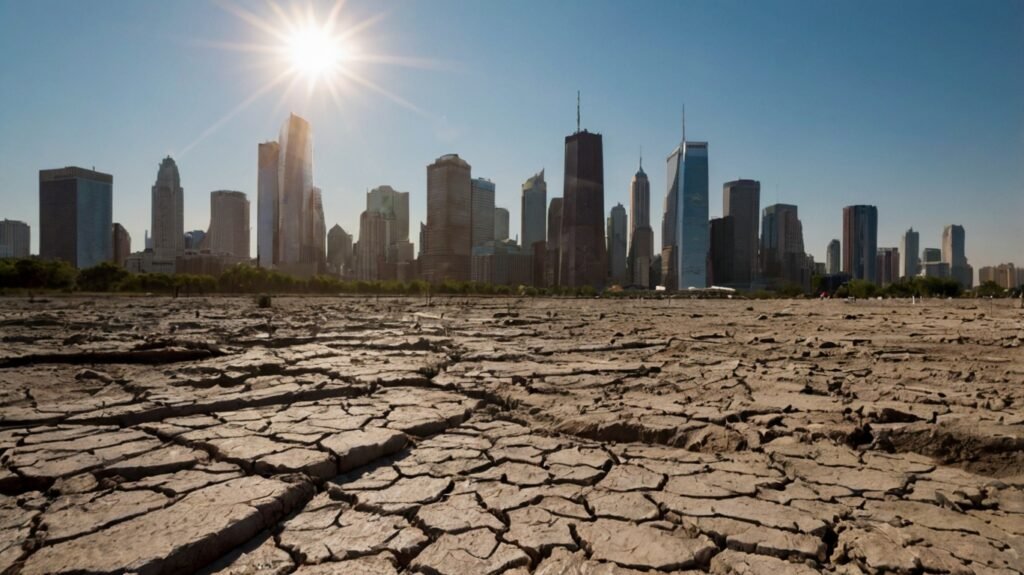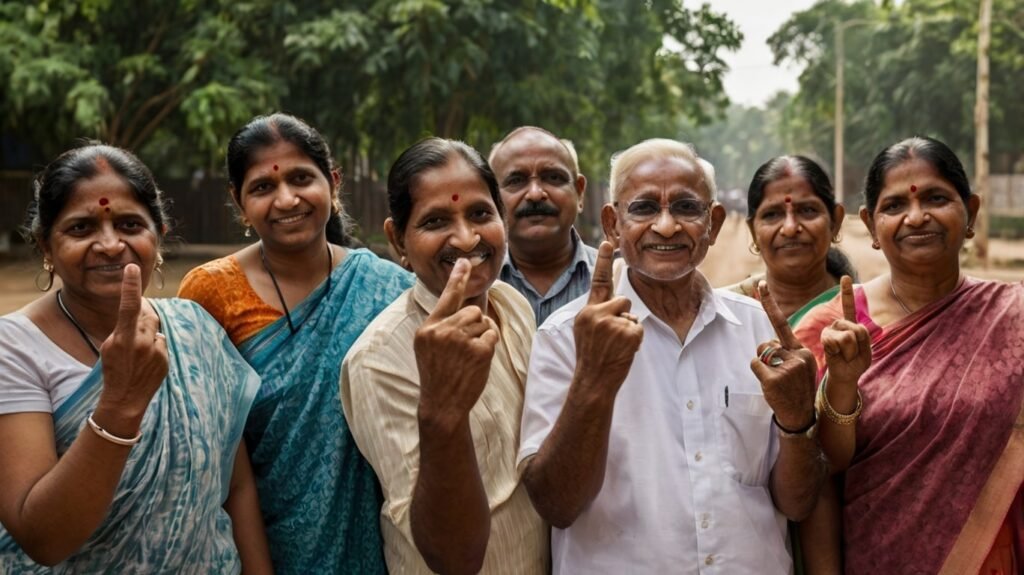
Feeling the Heat: Public Health on the Frontlines of Climate Change
As a severe heatwave sweeps through North India, concerns rise about the readiness of public health infrastructure to tackle the ensuing challenges. The healthcare system, acting as the first line of defence, must balance short-term responses to extreme weather and long-term strategies against climate change-induced health issues. Although the number of heatwave-related deaths has decreased over the past decade, the increasing temperatures pose significant risks, especially to vulnerable communities.
Populations with limited access to healthcare in both urban and rural areas are disproportionately affected. Addressing these threats requires a robust public health infrastructure, disaster preparedness, climate adaptation measures, and collaboration across sectors. However, the pandemic has highlighted structural weaknesses, including inadequate medical supplies, shortages of healthcare workers, and disparities in healthcare access influenced by socio-economic factors.
In the immediate future, extreme heat presents a major challenge. Heat-related illnesses range from mild heat cramps caused by dehydration to severe heat strokes that require urgent hospitalization. Additionally, extreme weather events like heatwaves, floods, and droughts exacerbate waterborne diseases such as cholera and typhoid fever, vector-borne diseases like malaria and dengue fever, respiratory issues, mental health challenges, malnutrition, and re-emerging diseases.
There has been an increase in typhoid and gastroenteritis cases, with a predicted surge during peak heatwave periods and post-monsoon. In response, programs have been launched to strengthen public health responses to climate change. Despite these efforts, the implementation of comprehensive national action plans remains incomplete.
Recent workshops have highlighted the need for capacity building and training among medical staff, advocating for a monitoring framework and standard operating procedures (SOPs) for climate-induced emergencies. Collaboration between health and disaster control departments at the state level is essential for developing these SOPs. Accurate data collection on heat-related fatalities, including information from crematoriums, emergency admissions, and ambulance pick-ups, is crucial for effective planning and intervention.
In light of these challenges, it is clear that public health infrastructure requires significant improvements. Immediate action, systemic reforms, and a long-term commitment to combating climate change’s adverse effects on public health are imperative. The preparedness of our public health system will determine the resilience of our communities. As we navigate these challenges, we must ensure that our strategies are robust and proactive, rising to meet the heat rather than succumbing to it.
The pressing question remains: Are we equipped to safeguard the health of our most vulnerable populations? The answer will shape the future of our public health narrative.
References:
- Government of India. (2023). Heatwave-related deaths in India. Data submitted in Parliament.
- Tickoo, R. (2024). Heat-related illnesses: Symptoms and treatments. Max Super Speciality Hospital, New Delhi.
- National Disaster Management Authority (NDMA). (2024). Heatwave preparedness workshop summary.
- World Health Organization (WHO). (2019). National Programme on Climate Change and Human Health (NPCCHH) collaboration.
- Mavalankar, D. (2024). Heat Action Plan for Ahmedabad: Success and lessons learned. Indian Institute of Public Health, Gandhinagar.
- Shikshamarg108: www.shikshamarg108.com









